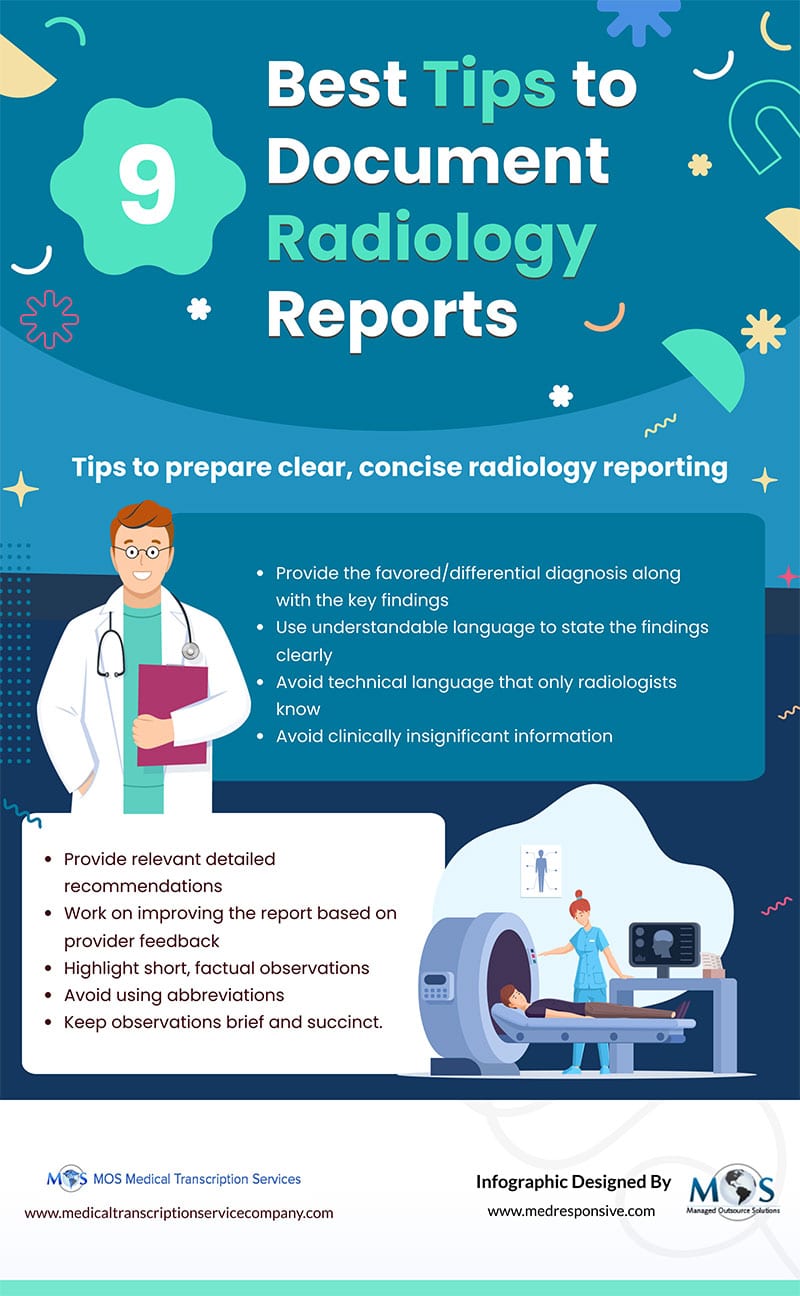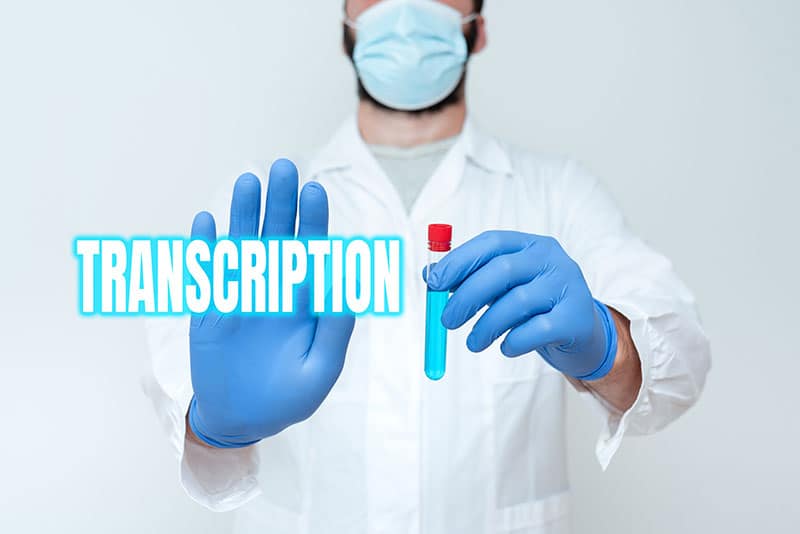
Table of Contents
As with all other medical specialties, complete, accurate, and timely documentation is crucial in physical therapy to ensure that patients receive appropriate, efficient, individualized, and high-quality healthcare services. Physical therapists (PTs) also need to keep proper clinical records for defending a medical negligence claim and to ensure appropriate reimbursement. While modern physical therapy electronic medical record (EMR) software is designed to improve the efficiency of documentation, reports say that entering data into these systems is actually a very time-consuming process. The good news is that there are several strategies that PTs can use to speed up documentation during the office visit while ensuring that patients get the attention they deserve. Medical transcription outsourcing is a practical strategy for editing the transcripts generated by the software or handling transcription overflow.
Documentation in Physical Therapy – Key Considerations
Documentation is making entries into the patient’s health record, including the consultation report, initial examination report, progress note, flow sheet, checklist, reexamination report, or summation of care – that identifies the care or services provided and the individual’s response to them. In physical therapy, proper documentation, communication and coordination are critical to ensure that individuals receive appropriate, complete, efficient, person-centered, and high-quality health care services throughout the episode of care.
The key considerations in physical therapy record keeping are:
- Proper documentation of elements such as the initial examination and evaluation, visit, reexamination, and conclusion of episode of care summary.
- Adherence to the different norms and processes of the specific setting, such as regulations of payers, state, local facility, or accrediting organizations.
- Real-time, historical account of encounters with patients and clients, which is crucial to provide evidence of care and medical necessity in the event of a malpractice lawsuit.
While documenting effectively is necessary while providing patient and client care, the American Physical Therapy Association (APTA) note that PTs often view documentation as “onerous, irrelevant, and unwarranted”. In fact, documentation is a general concern in the healthcare industry. Several studies have found that many physicians consider medical documentation as burdensome, detracting from face time with patients, and a key cause for burnout. But it doesn’t have to be. There are several ways PTs can speed up documentation.
Strategies to Improve PT Documentation Speed and Accuracy
Here are some ways to ease and speed up physical therapy documentation:
- Know how to use the EMR system: If you are a new PT or PT assistant, get familiar with your facility’s EMR software. Learn the fundamentals of the EMR system’s operation, including how and where to input information. Becoming familiar with the software is important to take full advantage of its capabilities, document faster, and focus on the patient rather than typing. With the EMR, you can access all the information you may quickly and it at any time.
- Use EMR shortcuts: EMR systems are designed with many shortcuts. For instance, auto text entries allow for free-text to be saved and inserted into a note, saving a considerable amount of time when entering large amounts of text. The auto-text or predictive text feature populates the rest of a phrase when you type out just a few letters. EMRs also provide other easy ways to create a consult note and allow previous visit information (HPI, Exam, Physical Exam, ROS, and Assessment) to be pulled into the note. Users can review lab results and compare them by order date or even view the results as a graph. The easy-to-read dashboard allows access to key information with just a click, including previous labs and image results, medical summaries, alerts, patient documents, and encounters, and the list goes on.
- Complete documentation on a daily basis: Systematic medical records documentation is necessary to prevent documentation piling up. Without consistent documentation on a daily basis, you would be left spending hours on unpaid documentation at the end of your long working day. Multitasking would be necessary to document as you are interacting with patients. If you can’t manage this, you can always rely on a medical transcription service provider specialized in physical therapy documentation to complete your notes.
- Document only what’s necessary: Thorough documentation is necessary to show why the PT intervention was needed during treatment, provide an indication of the patient’s status and what is included in the plan of care. However, reports say that clinical notes have grown longer and less informative in recent years. Make sure you don’t document superfluous information. Save time by documenting only relevant patient information.
- Use custom documentation templates: Developing documentation templates can help PTs save many hours on Advanced EMR systems features flowsheet templates that allow the therapist to populate entire treatment charts with one click and edit them to include only relevant information. PT Progress recommends that PTs use the PRIMER method to save time and write accurate notes. PRIMER is an acronym for: Identify the Problem, Relate to Activity, Instruct the patient, Manage the response, Educate the patient, and Review the plan. Along with documentation templates, the PRIMER method can work with SOAP notes to speed up and enhance the quality of PT documentation (www.ptprogress.com).
- Plan the initial evaluation: Point-of-care documentation can save time when the initial evaluation is carefully planned, according to a CoreMedicalGroup blog that references expert views on this matter. By planning for the initial evaluation, you can factor in time for creating reports when the patient is in the clinic to ask questions and provide clarifications. Completing both the Subjective and Objective tabs before leaving the treatment room will save time that would be otherwise be needed to go back and complete these sections at the end of the day.
Using Speech Recognition Technology (SRT) is an effective way to save time on PT documentation. With an SRT-enabled tablet, mobile device or computer, you can dictate patient information get it transformed into text in real time. However, though modern voice recognition technology feature comprehensive medical terminologies, errors can occur in machine-generated documentation. A strategy that combines structured EHR templates with physical therapy medical transcription services can address this issue and ensure accurate and timely PT documentation.








